 I know the composite photos are small; however, if you look close you'll see my dad (nick-named Bubbins), standing next to a tank - he served with MacArthur in the Philippines during WWII.
I know the composite photos are small; however, if you look close you'll see my dad (nick-named Bubbins), standing next to a tank - he served with MacArthur in the Philippines during WWII.
What was this all about? Well the Philippines were our allies; just a common-wealth - a country of courageous people.
I thought a little history on the Philippines 'time-line', might be nice. I have a couple friends who live in the Philippines - born in Manila, and they are the dearest people...........
1934-1964: War and Independence
The United States leaves -- twice -- but stays close.
 General Douglas MacArthur wades ashore on Leyte in 1944, two years after Japan had defeated American and Philippine forces. (photo: National Archives) |
World War II interrupted the transition to independence. Within minutes of the surprise attack on Pearl Harbor on December 7, 1941, Japanese airplanes bombed Manila and nearby American military bases. The American forces in the islands, commanded by General Douglas MacArthur, were unprepared for the invasion that followed. After escaping to Australia, MacArthur told reporters, "I have come through, and I shall return."
 Moro traders approach an American Coast Guard vessel, 1945. (photo: National Archives) |
MacArthur and the U.S. army returned to the Philippines in 1944. After a bloody battle for Manila, the islands were declared liberated once more. More than 1 million Filipinos had died during the war. As promised, the Republic of the Philippines became a sovereign and independent nation on July 4, 1946. After witnessing the handover, MacArthur announced, "America buried imperialism here today."
 President Franklin D. Roosevelt meets with General MacArthur and Admiral Chester Nimitz to discuss war strategy, 1944. Ten years earlier, Roosevelt had signed the law that laid the groundwork for the hand over of the Philippines. (National Archives) |
And the United States continued to keep a close watch on domestic affairs. The Huk guerrillas resurfaced in the late 1940s, fueled by peasants' continuing desire for agricultural reform. With military aid and covert assistance from the United States, the Philippine government quashed the Huks by 1954.





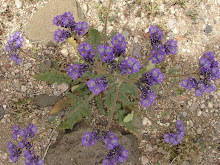

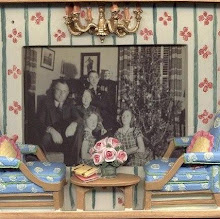



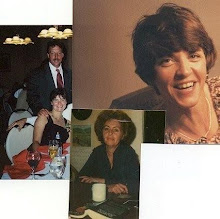




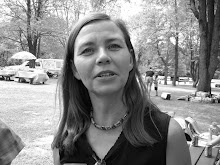









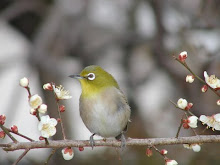

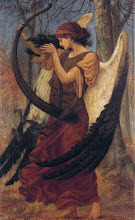











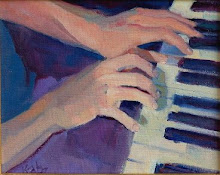
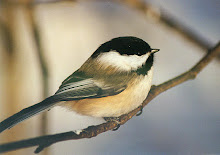
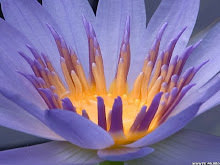



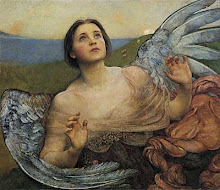

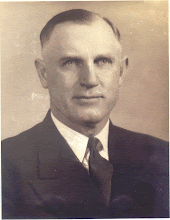
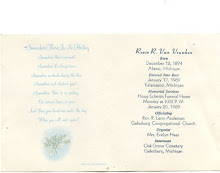
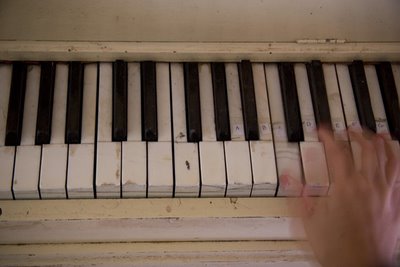
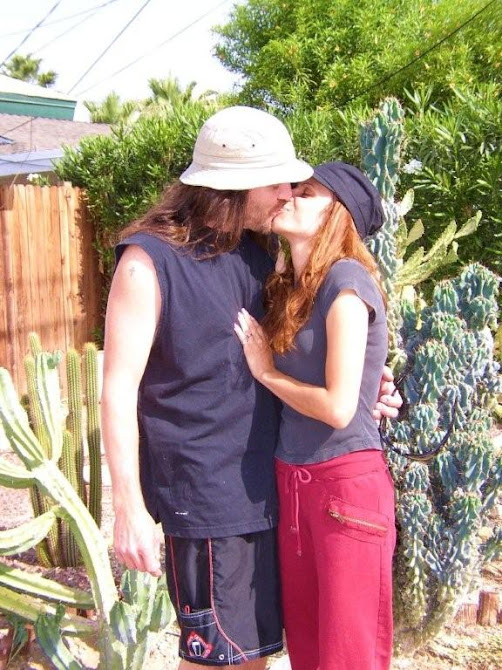




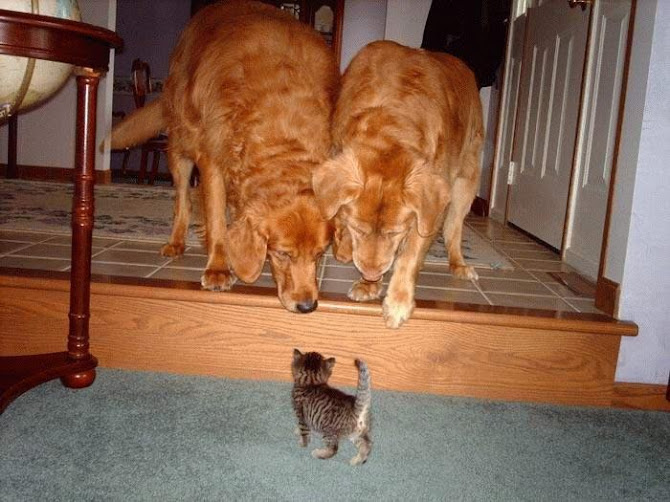

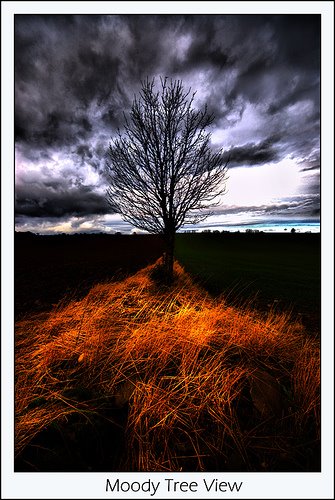
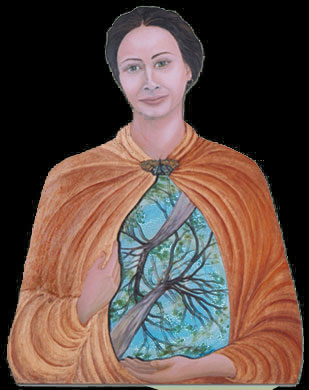




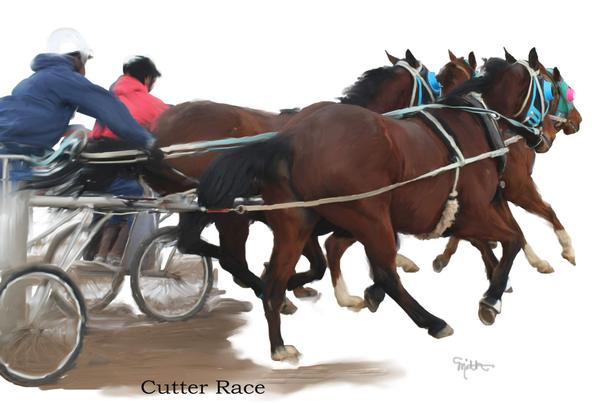
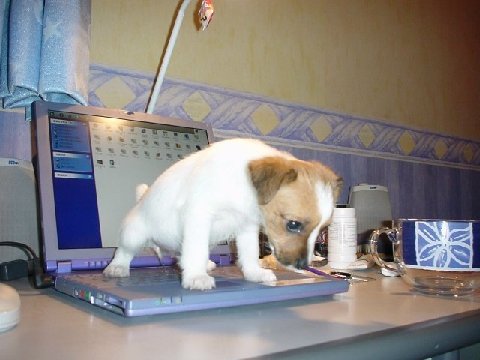




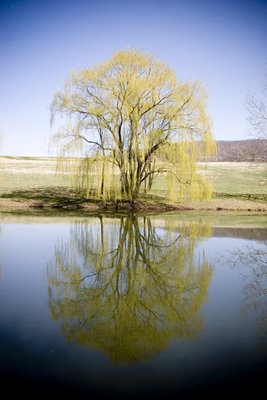





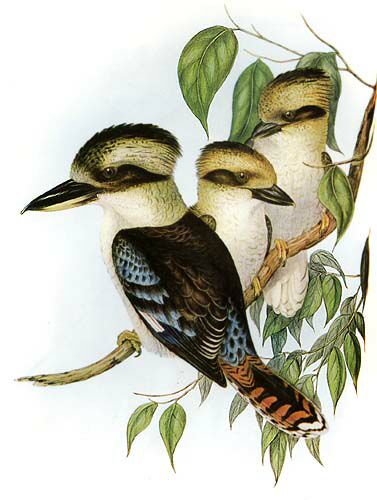

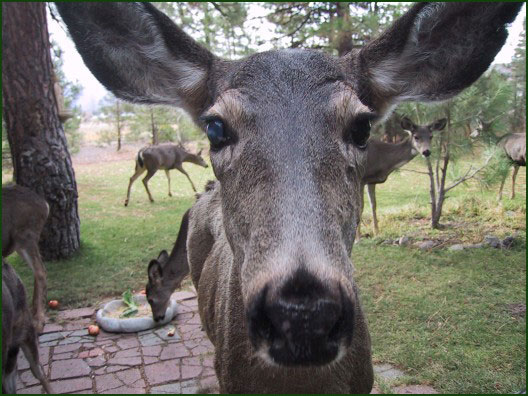

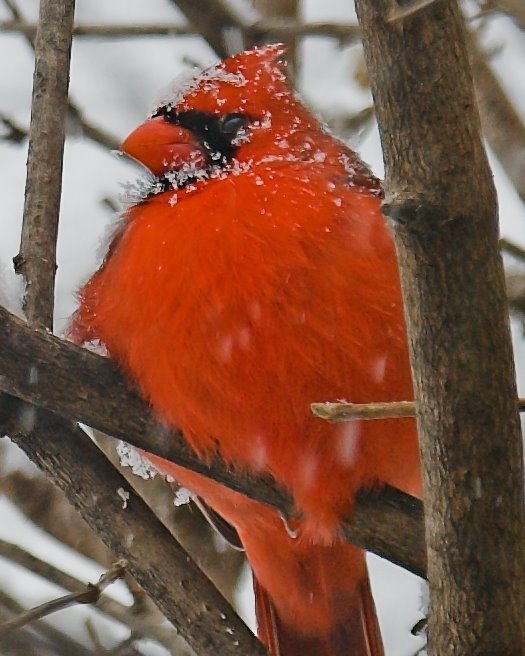

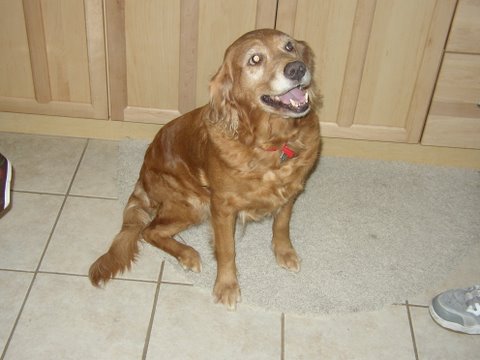
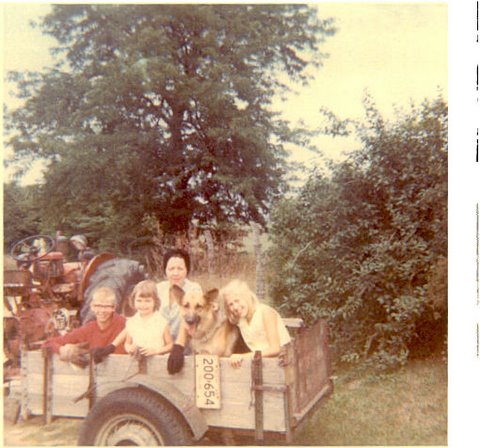
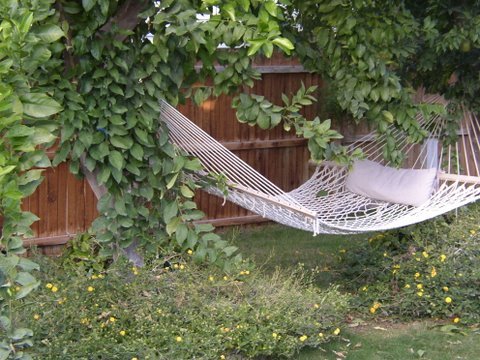









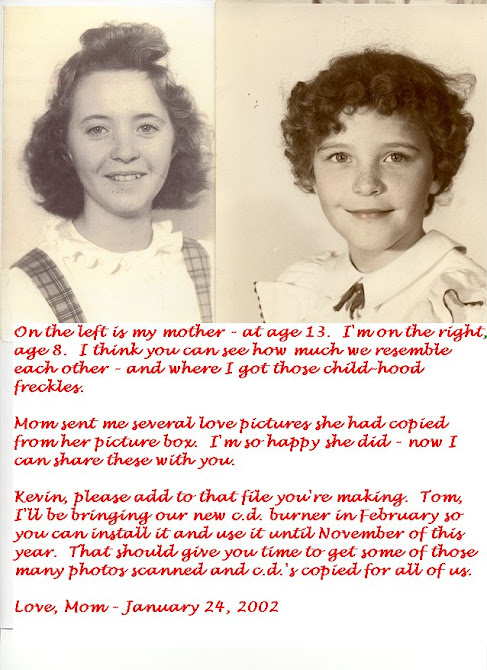
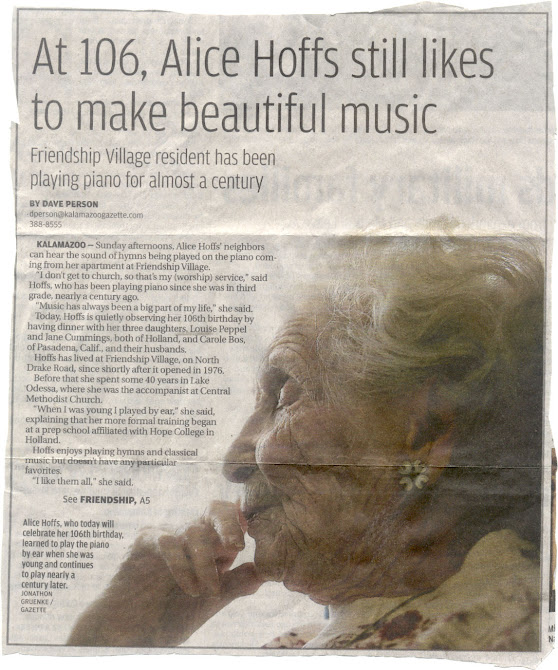

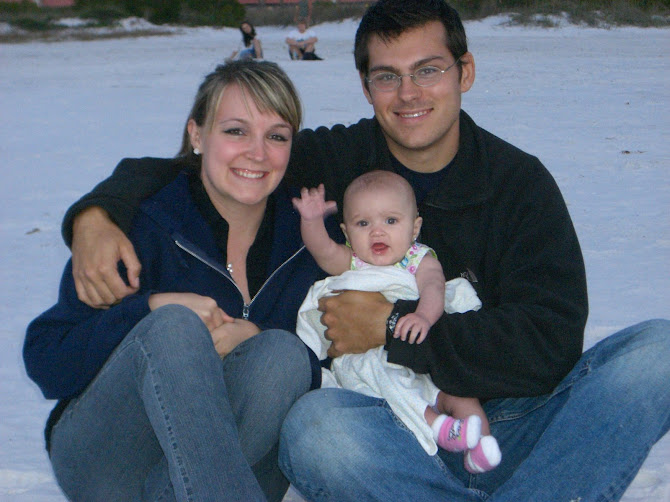


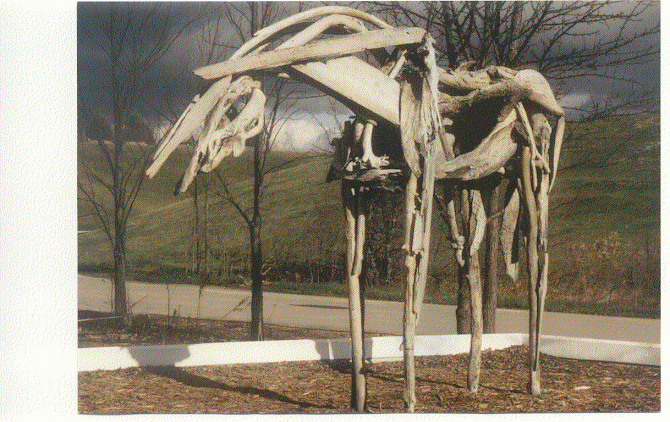

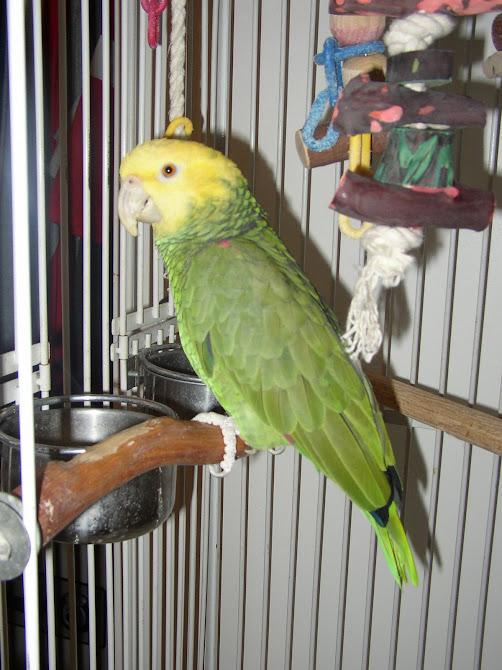






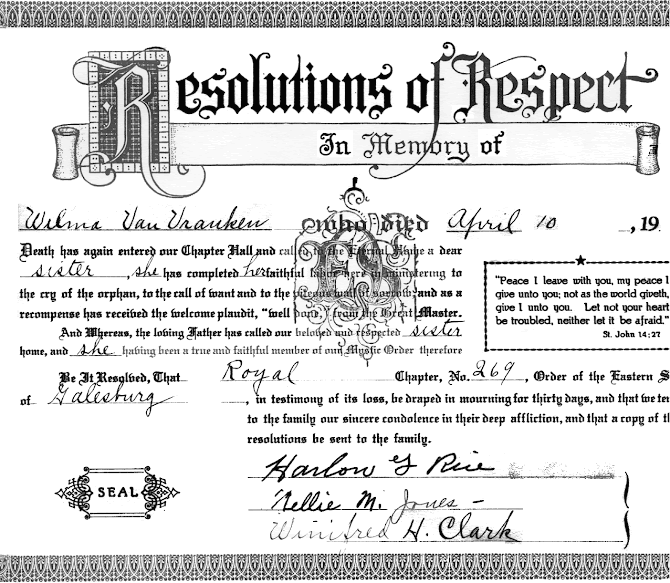

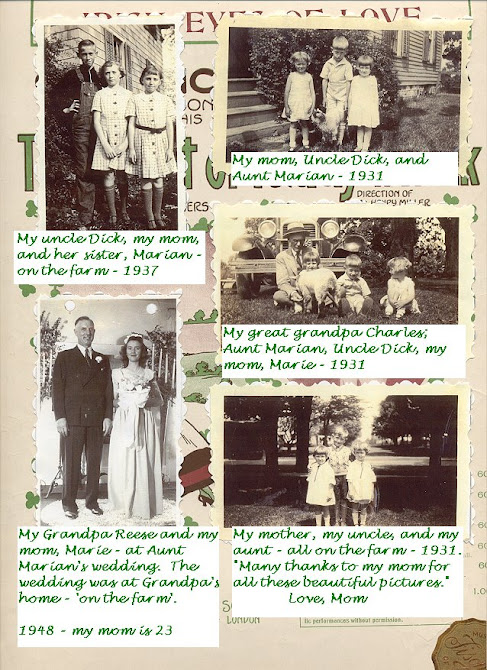
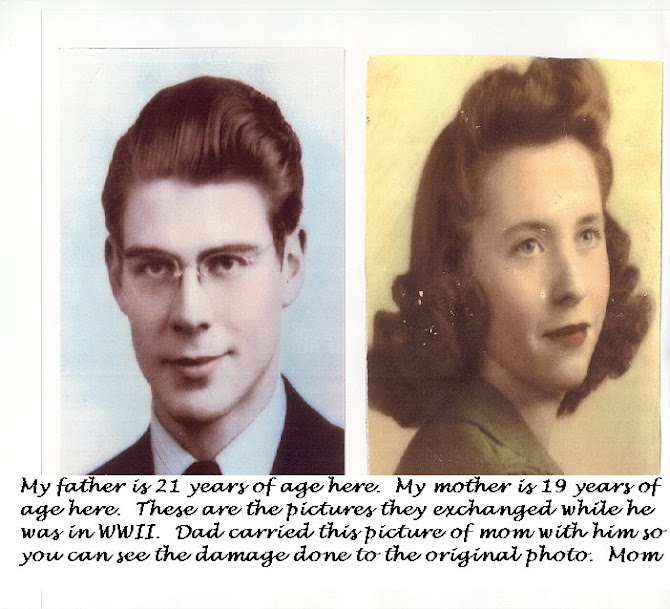
8 comments:
Damn slow loading this blog. Suggest you fix it.
Personal announcement!
My Art:
http://screenfonds.blogspot.com/
My Poetry:
http://singleswingle.blogspot.com/
My Philosophy:
http://winmir.blogspot.com/
My photographies from Stockholm:
http://holmstock.blogspot.com/
- Peter Ingestad, Sweden
Google says they can't do anything about the speed.
I downloaded Mozilla Firefox (for free); now the web-site opens up/loads quickly.
I also bought 1 gigabyte of memory to add to my computer; $12 was all it cost, and it makes ALL slow-loading web-sites come 'up' ever so quickly.
About 6 posts below this one, I also explain this in a post.......
Dear ma'am:
I'm a Filipino and to read this post is somewhat heartwarming...and coming from you, even more.
I had to smile when I saw the list of your blogs and it's a wonder how you can manage them..I have four but seems like I can only attend to one..
I haven't visited most of your blogs though but I'm planning to go through it..the visiting, I mean.
Thank you for the kind words in this post.
Wow, I feel like I just landed in a fun place! You are amazing and your blogs are incredible! Merci beaucoup for visiting my blog and for your great comment! Cheers!
wow... amazing blog....
pls click below to visit my blog...
http://bannedarea.blogspot.com/
A lot of links and comments that I have no idea where they came from, but I can only say some that I've read seem so very lost and extremely tragic.
......I thought I had problems, but after checking all of these postings out, I am fortunate in deed!
After reading the blogs of those who posted here, I feel fortunate my so-called problems and trials are so very much LESS than those who've decided to reach out with their remarks and somewhat strange replies.............
To those who've added such kind remarks, THANK YOU - I'm still trying to decipher the rest of those who've posted ... a bit perplexed....
Post a Comment